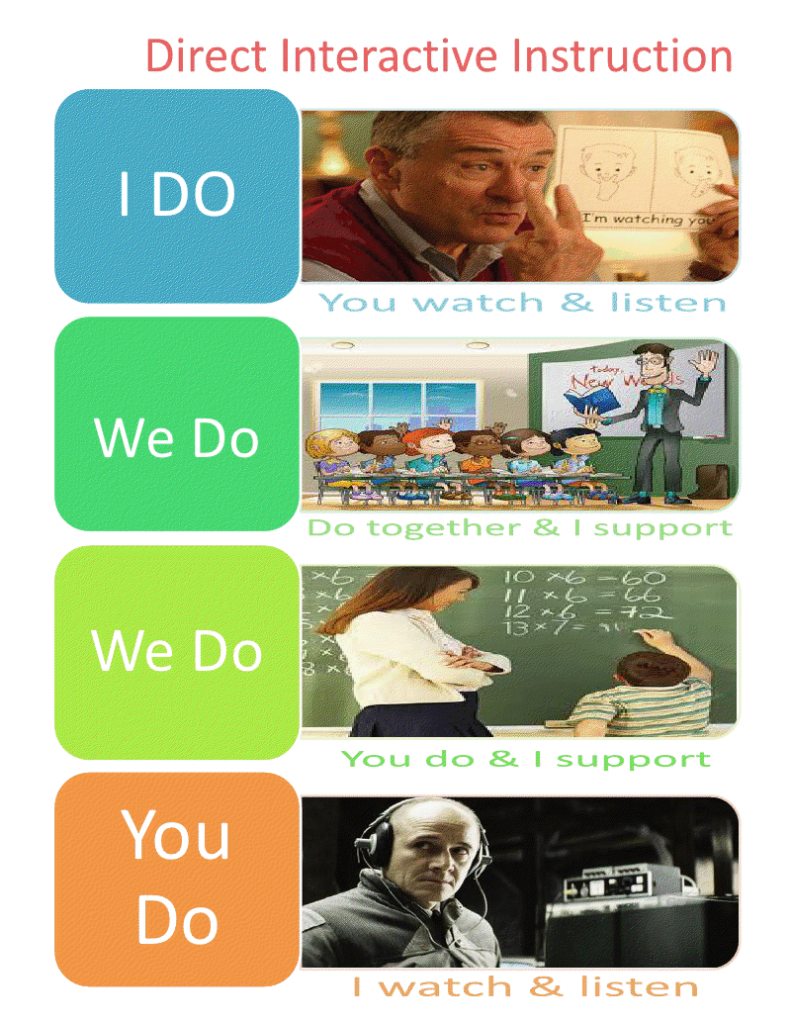
Learning theory:
Behaviourism
There are three kinds of learning theories with different characteristics: behaviorism, cognitivism and constructivism. Behaviorism “builds learner habits through reinforcement and feedback,” meaning it focuses on the idea that all behaviors and information are learned through interaction with the environment. Cognitivist helps learners “discover and use appropriate learning strategies and make connections to previous understandings,” meaning it focuses on how the brain receives, organizes, stores, and retrieves information. Constructivism believes that “learners make their own meaning and interpretation based on personal experience and interaction”, which means that the constructivism learning model is more inclined to let learners know and interpret information through exploration in the real-world environment.
The approach that we preferred is Behaviourism. We always believe that practice is the truth. Behaviorism emphasizes observable behavior and external responses, transforming the learning process into a focus on observation and measurement. This visual visibility allows learners and educators to see the results and changes of learning clearly, and thus better assess the effectiveness of learning. Learning is reinforced through repeated practice and positive feedback to form stable patterns of behavior.

Learning Design:
Direct Instruction
We choose direct instruction as our learning design approach. Since direct instruction and behaviorism are the best partners, which are characterized by the explicit and direct teaching of knowledge and skills to students. Our topic is the Economics of Canadian Health Care, we focus more on teaching new knowledge and skills to students in a clear and concise manner. Firstly, clear learning objectives are necessary. Moreover, information can be presented using teaching presentations, instructional explanations, multimedia resources, and graphics. Meanwhile, this course encourages active student participation by designing questions, discussions, and exercises, as well as providing timely feedback and corrections. Accordingly, learners’ outcomes are regularly assessed to ensure that learning objectives are being met. Assessments can be in the form of tests, exams, project assignments, etc.
Overall, the direct instruction approach to learning based on behaviorism focuses on shaping learners’ behavior through stimulation and feedback. This approach emphasizes clear goal setting, decomposition of the learning process, modelling and imitation, immediate feedback, reinforcement, a conducive learning environment, repeated practice, assessment, and adjustment. Through these steps, learners can gradually acquire the required knowledge and skills and achieve the desired learning goals.